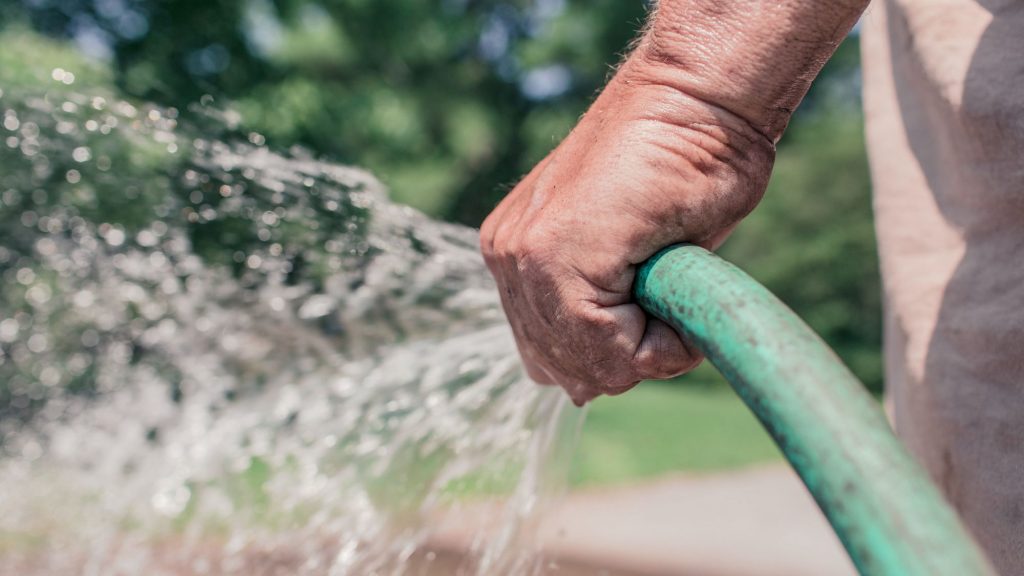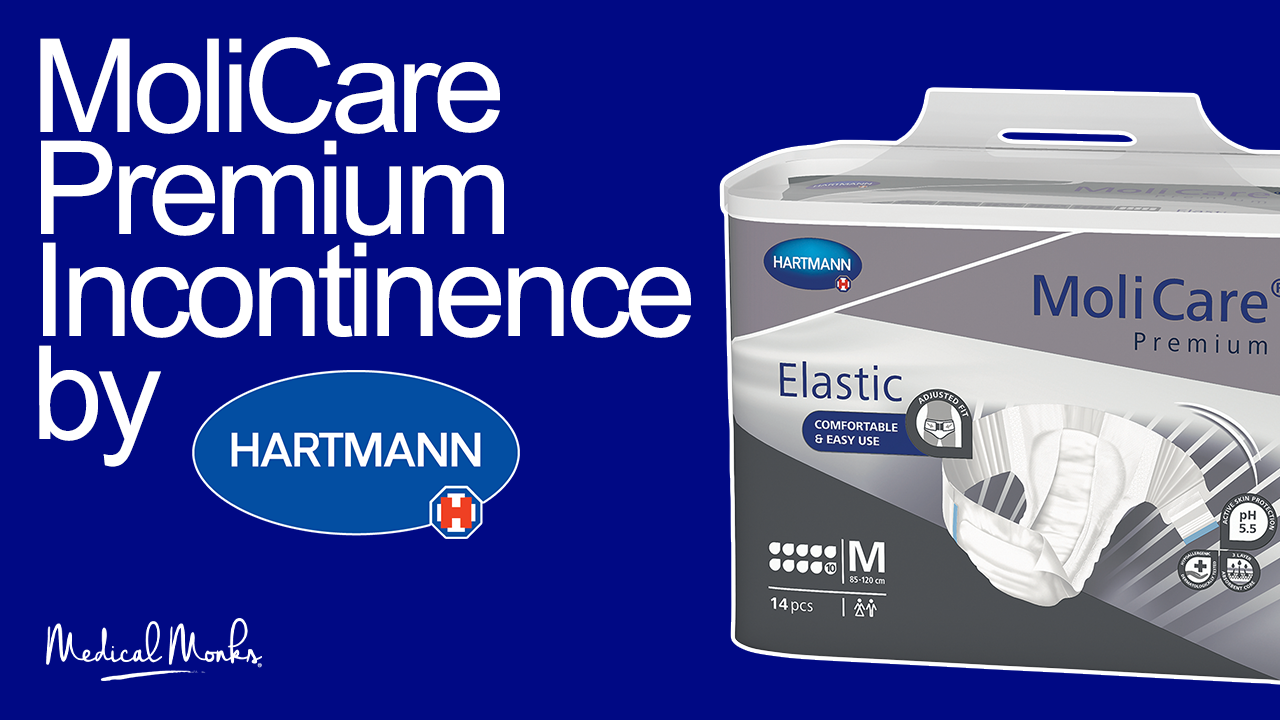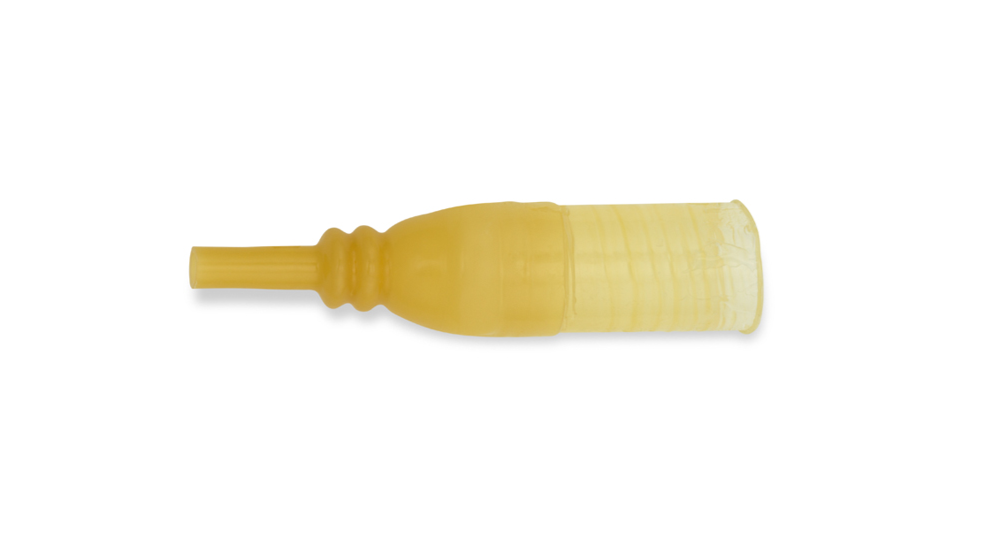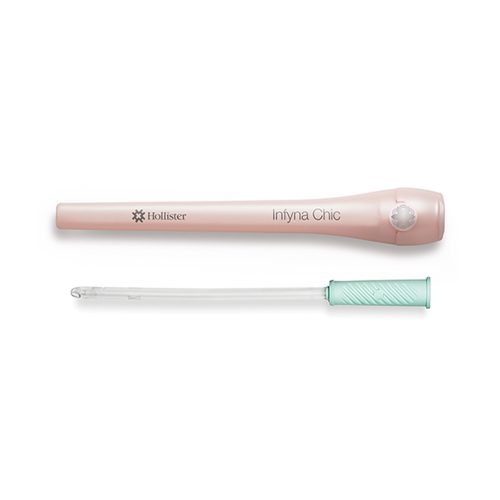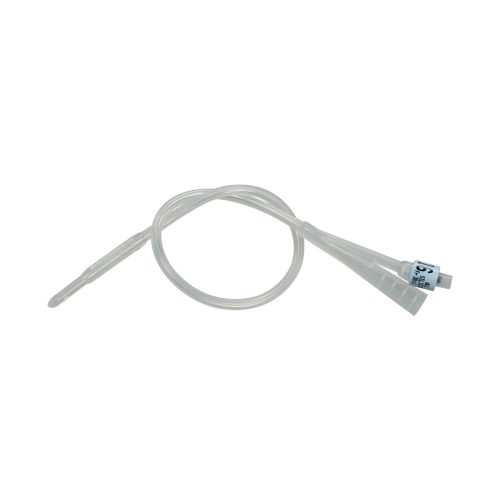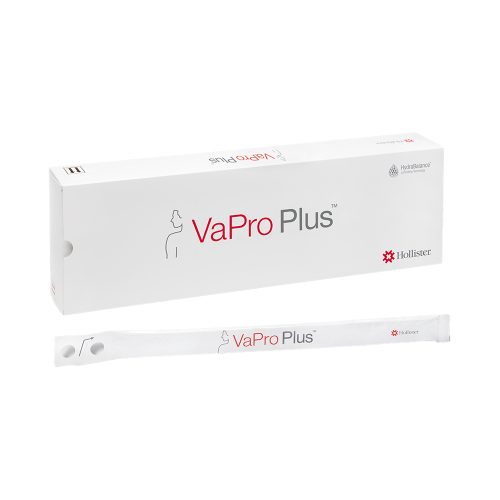Getting accustomed to an indwelling catheter can be a challenge. Keeping the catheter tube and collection bag securely in place can make the entire experience more comfortable while reducing risks for common problems associated with catheters, like discomfort and infection.
Catheter securement refers to the products and devices that help keep your indwelling catheter tube and bag stable. This article covers the reasons catheter securement is important for an overall good outcome, as well as a breakdown of the various cath securement options available.
Why Does Catheter Securement Matter?
The apparatus for an indwelling catheter, also known as a Foley catheter, is comprised of a thin tube inserted into the bladder to drain urine, a balloon at the tube’s tip that is inflated to keep the tube inside the bladder, and a collection bag that holds the urine until you empty it. Self-administration of a Foley catheter must always be approved by a doctor.
While the idea of securing the urine collection bag to the wearer’s thigh or abdomen may be common, securement or stabilization of the tube near the insertion site is less commonly understood. It is often thought that the balloon inside the bladder is sufficient to keep a Foley cath in place, but that is not always true. The balloon is designed only to keep the tip of the catheter inside the bladder; it is not intended to keep the exterior portion of the tube stable.
Studies have shown that exterior stabilization of a Foley cath can greatly reduce risks of developing tissue damage, skin erosion and catheter-related lower urinary tract symptoms like burning, pain and increased frequency. Additionally, exterior cath securement brings a number of benefits to the wearer, including increased comfort and reduced anxiety.
Indwelling Catheter Securement Options
There are three basic categories of catheter securement products: tube stabilization, drainage bag securement and leakage protection. In each category, you have options that allow for a personalized level of comfort tailored to the wearer.
Catheter Tube Stabilization Devices
The aim of cath tube securement is to keep the tube from causing trauma to the bladder and the genitals. For many years, surgical tape was the go-to cath tube stabilization choice, but allergic reactions to adhesives and the risk of medical adhesive-related injury make tape a poor choice for many individuals with catheters. Consequently, many manufacturers have developed cath stabilization devices with latex-free adhesives and other features that improve their functionality and user-friendliness
Statlock Adult Foley Stabilization Devices
○ Fits latex 8 to 22 FR tubing and silicone 8 to 26 FR tubing
○ Latex-free anchor pad is made of moisture-resistant tricot polyester
○ Offers 360 degrees of flexibility to accommodate patient’s natural movement without becoming detached
○ Can be worn for up to 7 days and replaced when drainage bag is changed
○ Clip allows tube to be secured or moved and then replaced without removing pad
○ Patient can apply StatLock without medical assistance and without need for shaving body hair
The Cath-Secure Line
○ Line includes multipurpose, water-resistant and dual-tab catheter tube securement systems
○ Systems include hypoallergenic, latex- and DEHP-free adhesive pads and open-close tabs that surround various-sized cath tubes while in use
○ Cath-Secure Multipurpose is available in multiple sizes and can stay in place for close to a week
○ Cath-Secure Plus is water-resistant, breathable and features a low-profile design with a 2 1/2-inch Velcro tab on a butterfly base
○ Cath-Secure Dual-Tab accommodates various sizes of tubing with two 3-inch adjustable wrap tabs on an extra-wide 3-inch base
Other brands of catheter securement devices include Convatec FlexiTrak, Centurion LVAD Driveline and Greystone Medical.
Drainage Bag Securement
All indwelling catheters use collection or containment bags to hold the urine until you can empty it into a toilet. Position the catheter collection leg bag below the bladder, for example against the inner or outer thigh, underneath your clothes. Secure it in place with surgical tape or a specifically designed strap. Bedside drainage systems can hang from the bedframe. The catheter tube should only be disconnected from the collection bag for emptying and changing the bag.
Leg bag straps are made of elastic, Velcro or rubber and come in an array of sizes and styles, including sport and double-strap options to fit many types of bodies and lifestyles. Leg bag kits offer the convenience of a collection bag, tube and strap in one package, and some include additional features like extension tubing and drainage valves that can be operated with one hand
Plugs, Caps, Adapters & Other Catheter Accessories
Whether you’re using a Foley catheter for a few weeks or more long-term, you may need catheter securement accessories beyond the collection bag and stabilization device.
• Plugs and caps allow you to secure the collection bag when it is disconnected from the catheter tube, for example while changing your collection bag.
• Lubricants and followers facilitate catheter insertions and make them more comfortable.
• Incontinence clamps can help men control leakage and dribbling.
• Adhesive removers are available as sprays and wipes that serve to make removal of the stabilization device more comfortable and less damaging to the skin.
• Odor eliminators, appliance cleansers and deodorants can help patients, caregivers and family members enjoy a better overall catheter experience.
